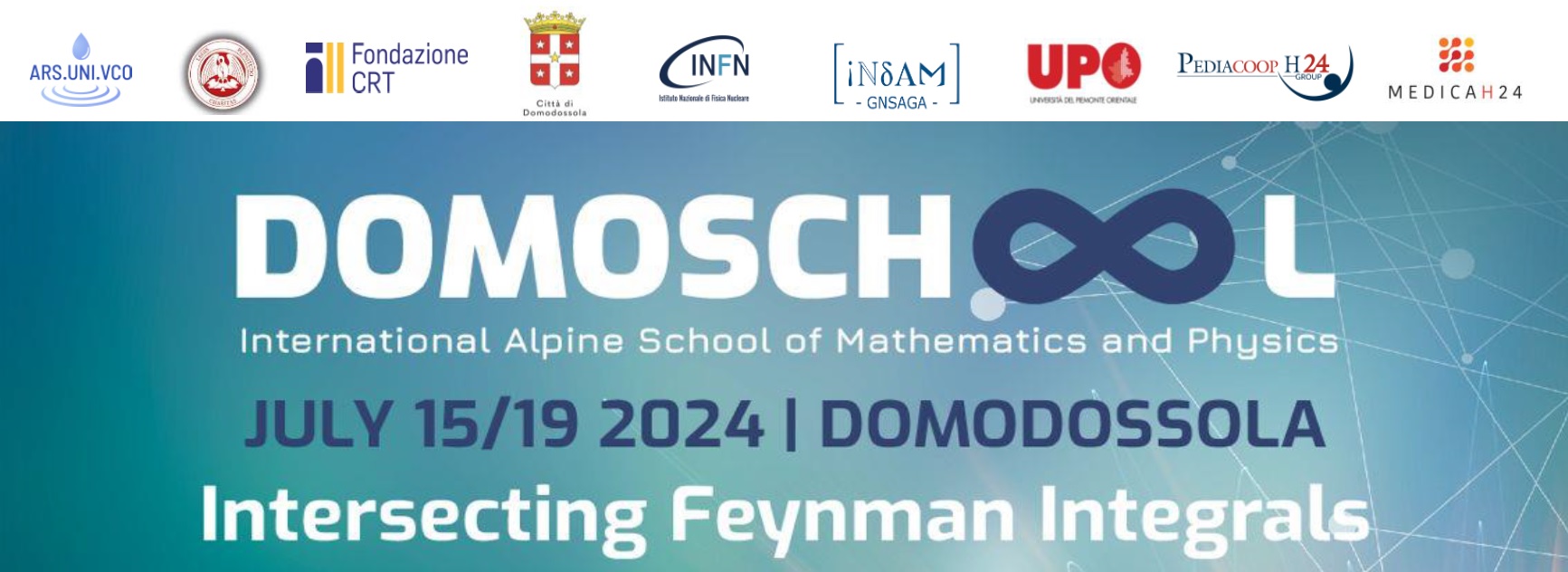
LECTURERS & ABSTRACTS 2024 EDITION
Prof. Yoshiaki Goto
General Education, Otaru University of Commerce, Japan
Researcher in:
- twisted (co)homology groups
- Hypergeometric functions
- Special functions
Lecture's title: "TWISTED HOMOLOGY and COHOMOLOGY GROUPS"
Topics:
1. Regularization of cycles
2. Twisted homology groups and intersection numbers
3. Twisted cohomology groups and intersection numbers
4. Twisted period relations
5. Some comments for several variable cases (if time allows)
Dr. Claudia Fevola
Centre Inria de Saclay, France
Claudia is interested in algebraic geometry and connections to combinatorics, real algebraic geometry, and nonlinear algebra. Her current research focuses on algebro-geometric questions in particle physics and integrable systems.
Lectures' title: “EULER-MELLIN-FEYNMAN INTEGRALS"
Topics:
1. Why Euler?: Nilsson-Passare convergence
2. Why Mellin?: twisted de Rham cohomology, Mellin transform and shift relations
3. Why Hypergeometric?: GKZ systems.
Prof. Marco Bertola
Concordia University, Monréal, Canada
Expert in:
- Mathematical Physics
- Integrable systems
- Inverse problems
- Asymptotics in nonlinear integrable equations
- Moduli spaces
Lecture's title: “RIEMAN SURFACES. THETA FUNCTIONS”
The course aims at introducing the notion of Riemann surface, i.e., a complex manifold (typically compact and smooth) of complex dimension one. The tone will not be overly rigorous.
Topics:
1) Riemann surfaces: Definitions, examples. Euler characteristic.
1.1) Algebraic and Plane curves, their compactification.
1.2) Alternative definition in terms of set-theoretical quotient (Fuchsian presentation).
1.3) Elliptic curves and functions thereof. Fun identities.
2) Basic topology: fundamental group, homology and intersection number. Torelli markings. Canonical dissection of a Riemann surface
2.1) Differential calculus: differentials (smooth, harmonic, (anti)-holomorphic). Cohomology (de Rham) as dual space of homology.
2.2) Riemann Bilinear Identity, various versions and applications.
2.3) Residue calculus. Reciprocity theorems.
2.4) Practical computation of differentials in some simple cases (hyper elliptic).
3) Riemann—Roch theorem and some consequences.
3.1) q-differentials (in particular quadratic differentials)
3.2) Holomorphic differentials, Abel map and the (polarized) Jacobian of the curve.
3.2) Abel theorem and Jacobi inversion theorem.
4) Theta functions and applications (time permitting)
4.1) Definitions, properties;
4.2) How to use Theta functions to construct functions and differentials on a Riemann surface.
4.3) Cauchy, Szegö kernels: forward and inverse spectral problem for rational matrices.
Prof. Tiziano Peraro
Università degli Studi di Bologna, Italy
His main scientific interests are the development and usage of advanced techniques for making theoretical predictions in quantum field theory, focusing on scattering amplitudes and their usage for high-precision phenomenology for collider experiments. He is author of public codes, such as Ninja, regularly used in phenomenological studies for LHC, and FiniteFlow, which has been used to produce cutting-edge results for amplitudes and form factors, both analytic and numeric.
Lecture's title: “INTERSECTION NUMBERS and FINITE FIELDS”
Topics:
- Finite fields and functional reconstruction techniques
- Scattering amplitudes, Feynman integrals as a vector space: reduction to master integrals and differential equations
- Reduction to master integrals via intersection numbers
- Intersection numbers over finite fields, via polynomial expansions
